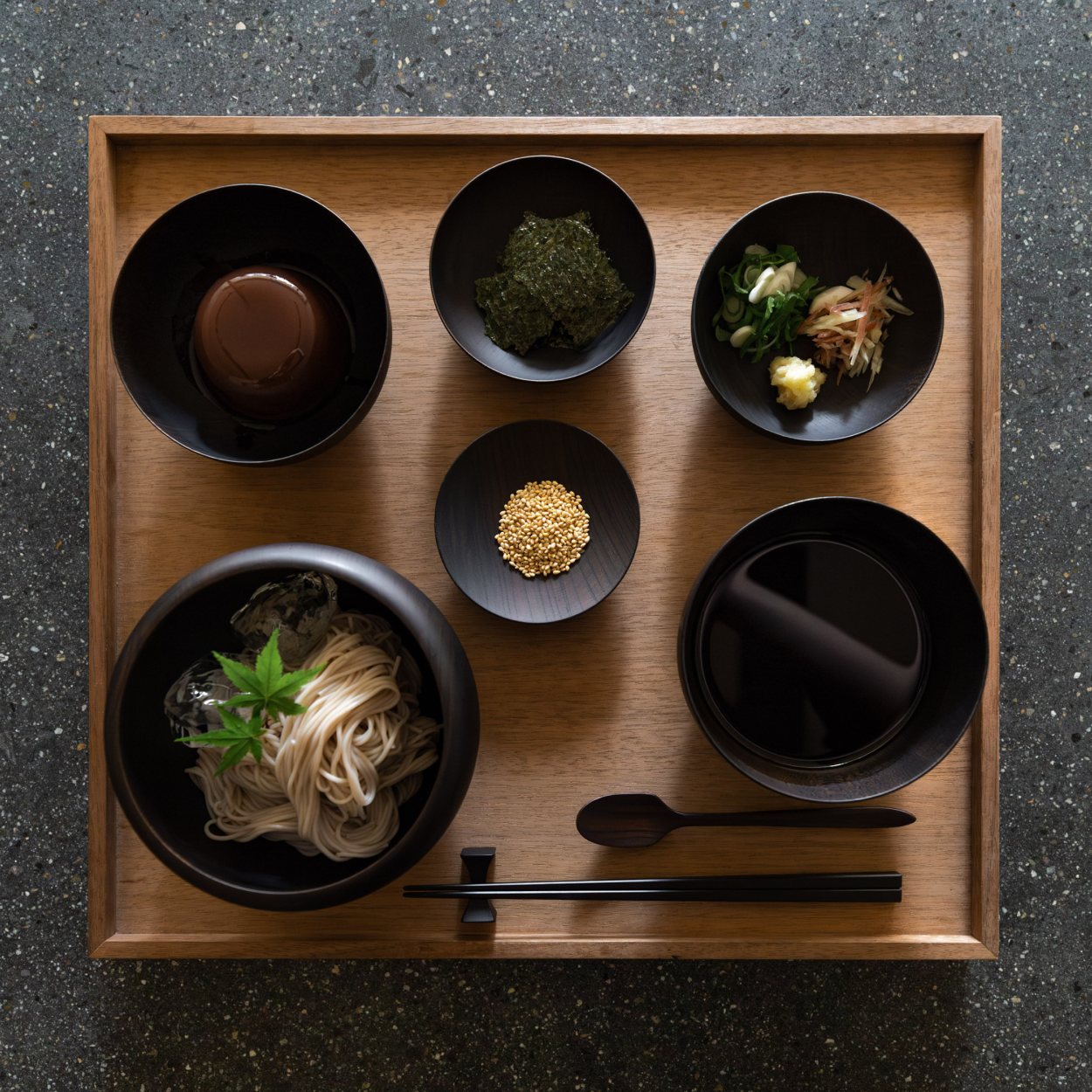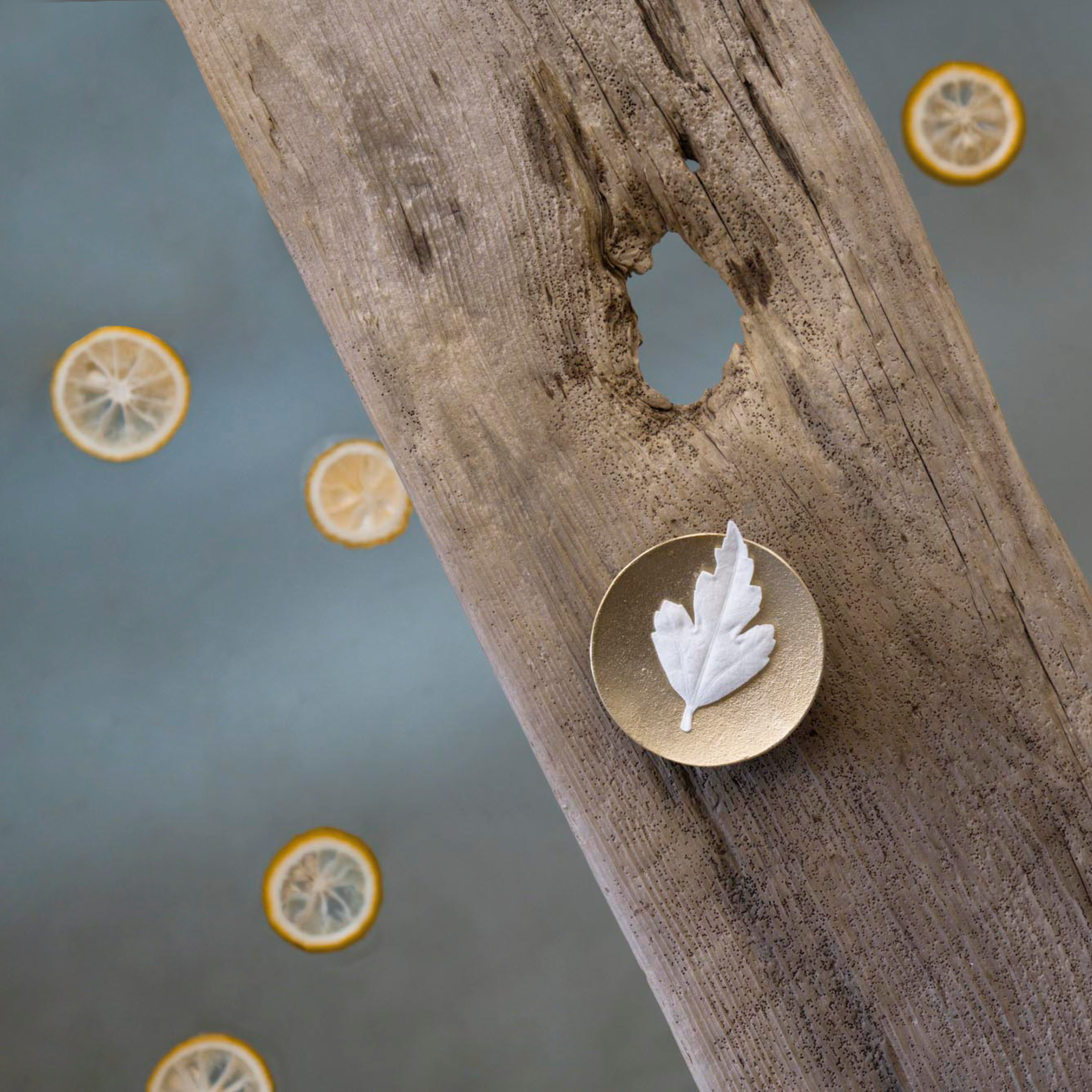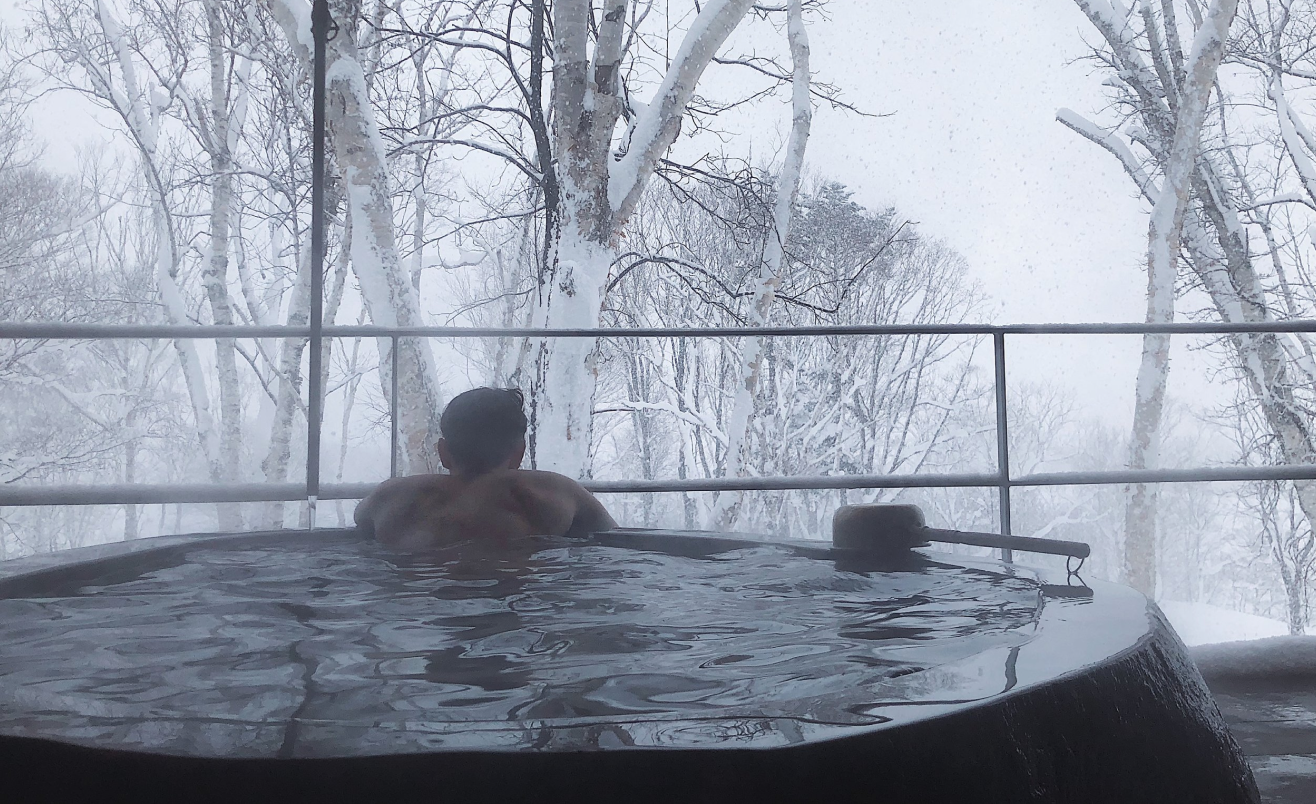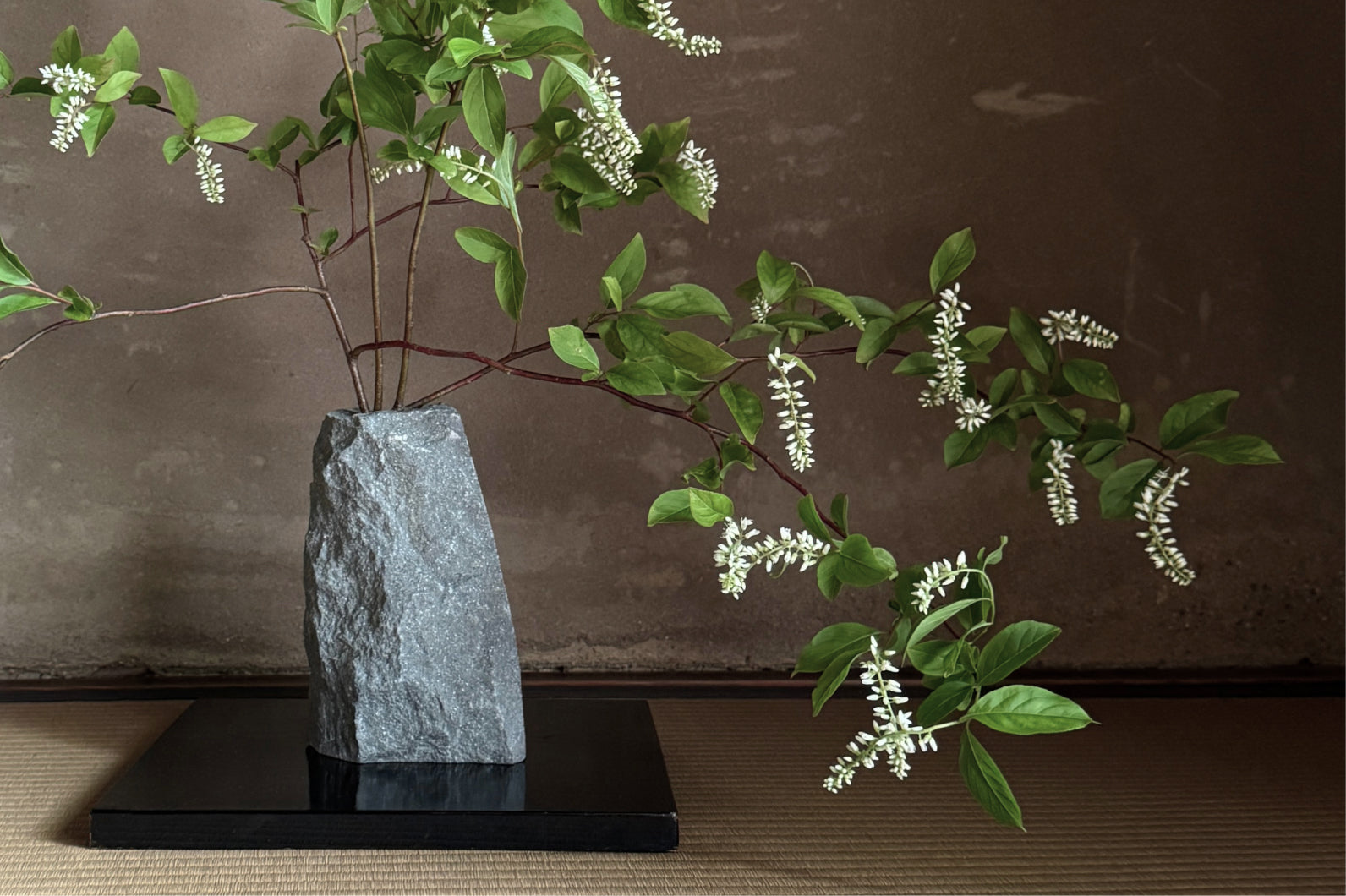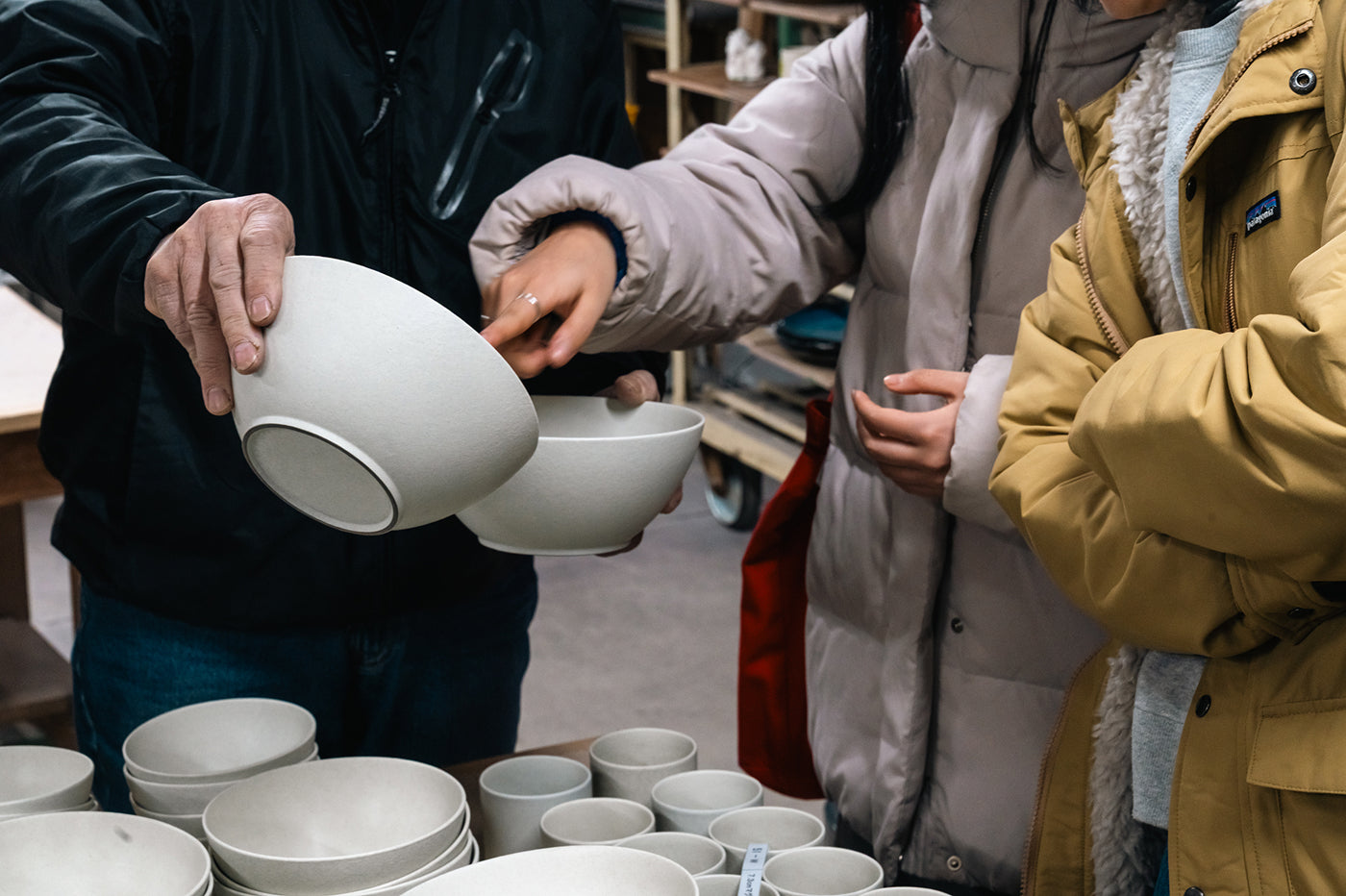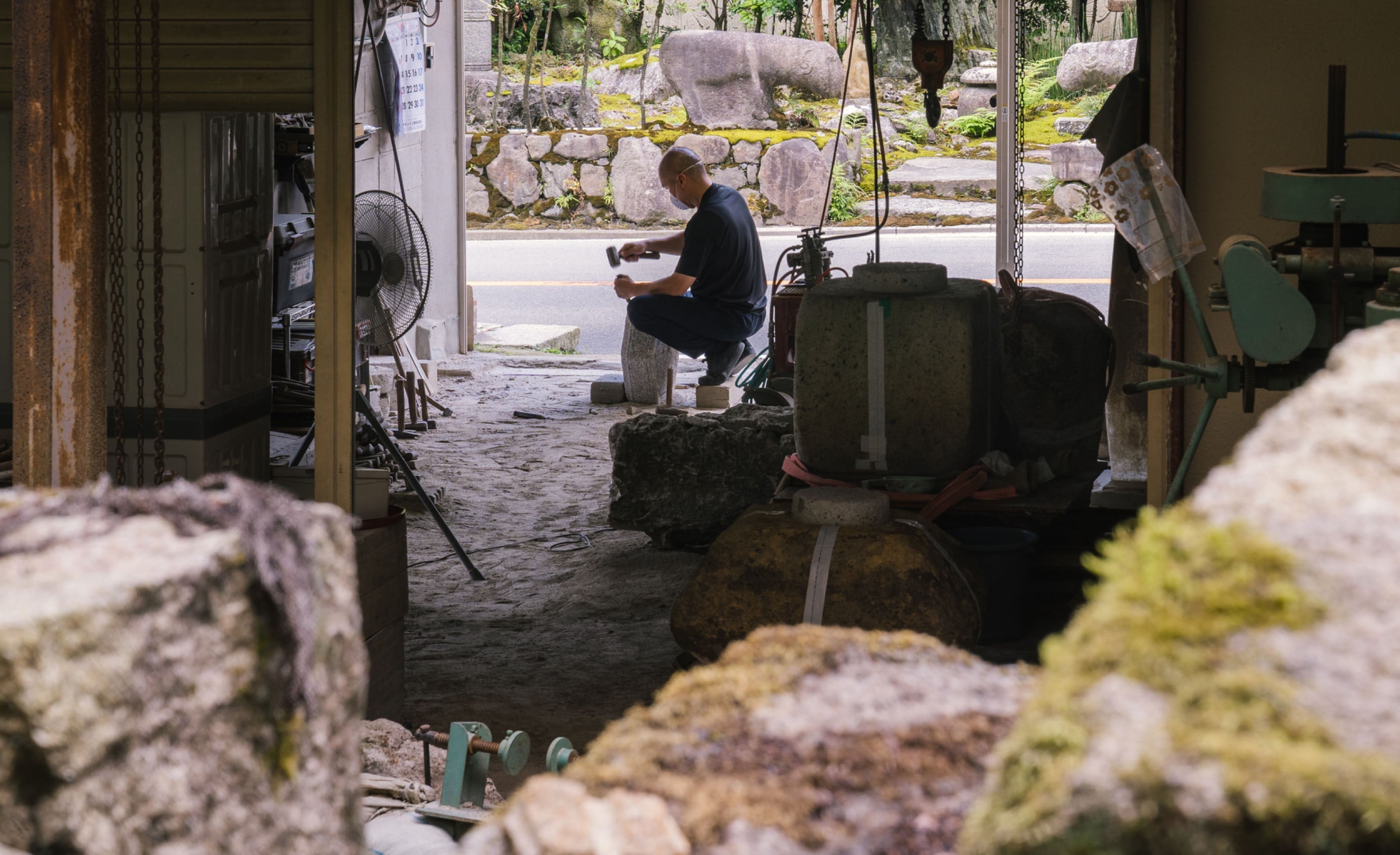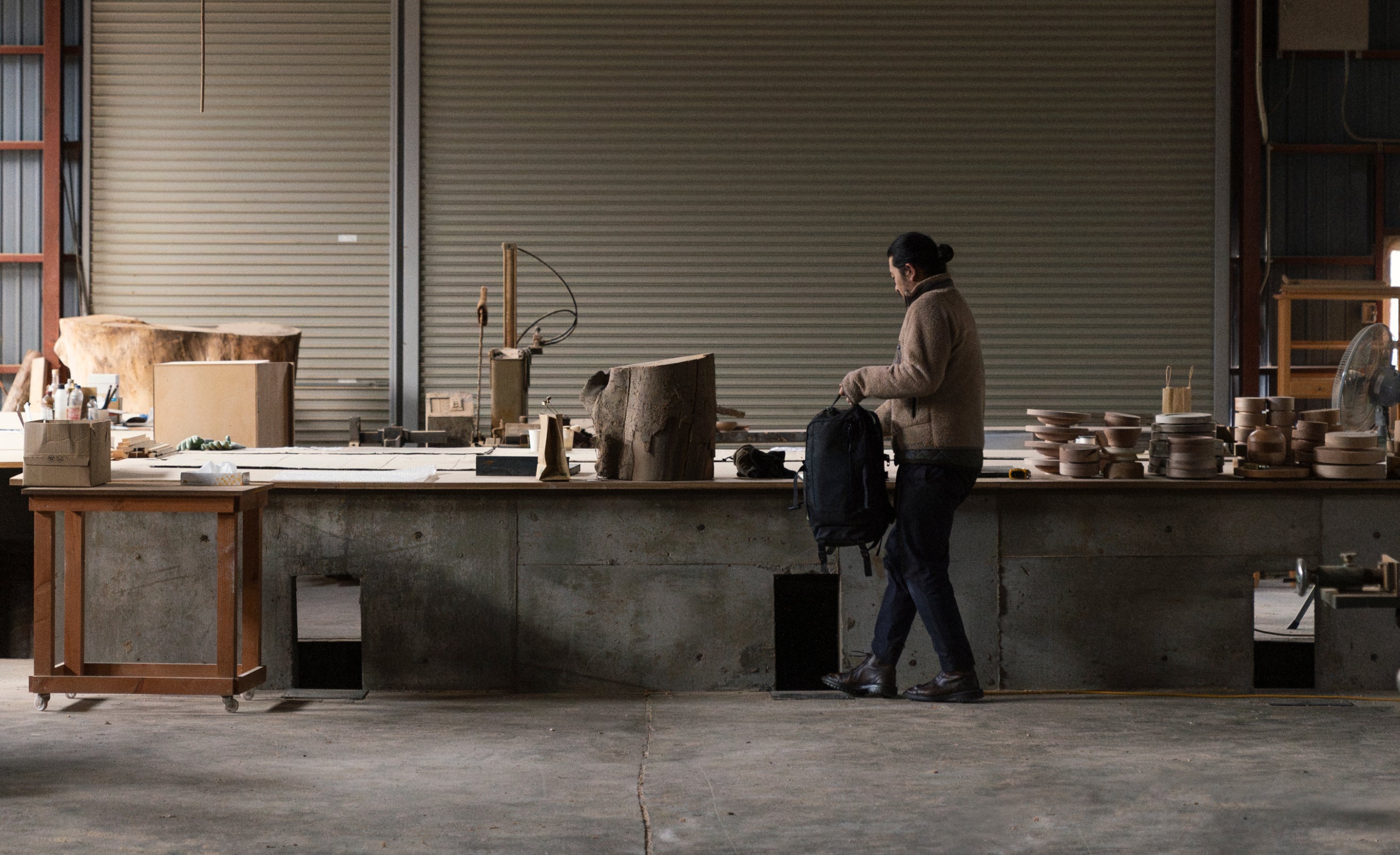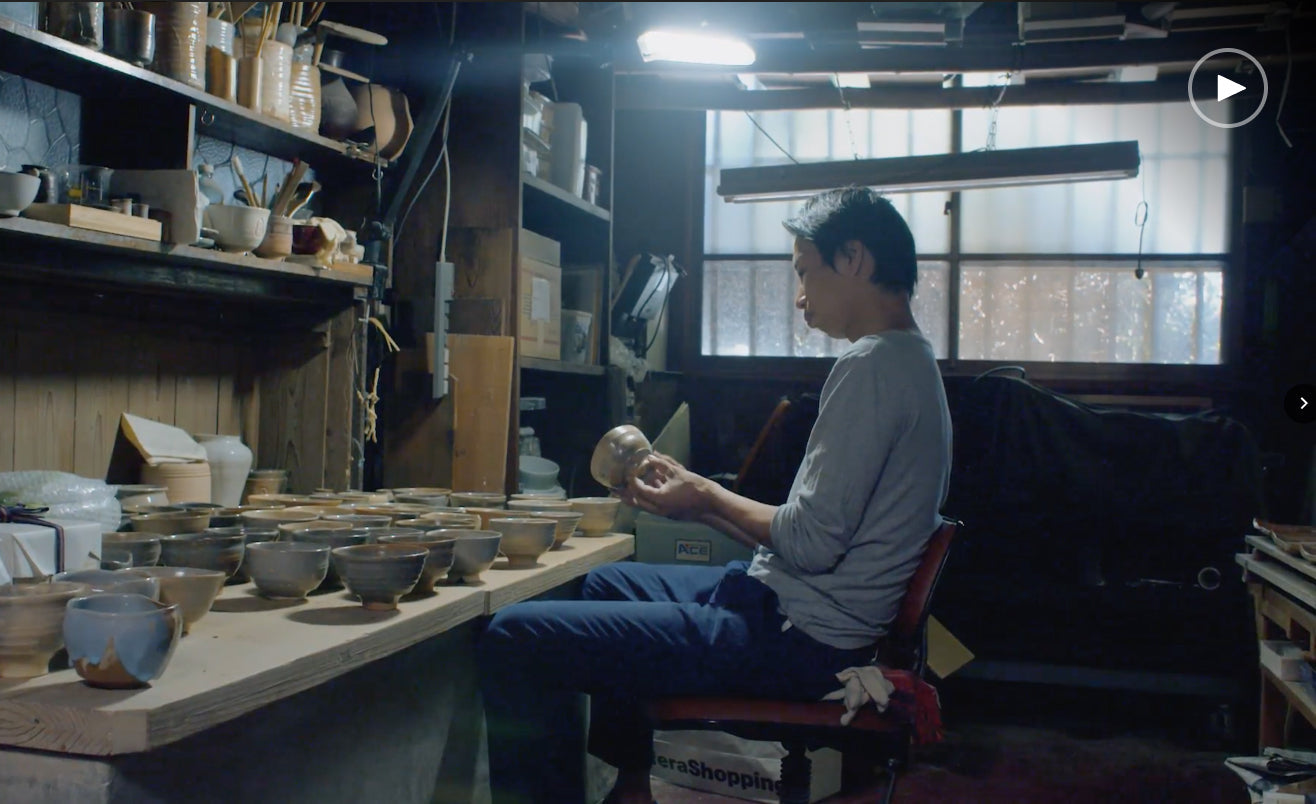Published June 14th 2019 on the former blog
Zaborin is a luxury ryokan of 15 villas, located in the rapidly expanding ski resort town of Niseko, Hokkaido. It’s one of those places that has made every possible “best of” list, from Michelin Guides to Conde Nast Traveler to Architectural Digest.

The onsen on site has earned attention for having some of the highest water quality in all of Japan, and each villa at Zaborin is equipped with its own private indoor and outdoor bath. Committed to sustainability, the spring is also used in an efficient heating system that runs underneath the floors.

The villas are a mix of washitsu and yoshitsu, Japanese-style and Western-style rooms. Both rustic and sleek, they come with the amenities of any modern luxury hotel (wifi, flatscreen TVs), but also boast the classic extras of a ryokan: pajamas, as well as samue and hanten, two traditional Japanese-style pieces of lounge-ready clothing.


Zaborin sits in a private forest in the region of Hanazono, and each room has unobstructed views of the surrounding mountain ranges. In the past 10 years, the ski resorts in Niseko have become more and more popular with both Japanese and international skiers and tourists. Nonetheless, Zaborin’s location and impeccable standards preserves an aura of rustic seclusion—the original charm of Niseko.

The mastermind behind this stunning ryokan is, surprisingly, a long term gaijinnamed Shouya Griggs. The designer was born in England, raised in Australia, and came to Japan in 1994, when he was in his 20s. Ten years later, he opened his first restaurant, Sekka, also in Niseko.

At that time, Niseko had yet to become the desirable destination it is today. After experimenting with Sekka and his following restaurant-hotel project, J-Sekka, Griggs set his mind to building a full-on ryokan. Before he began properly designing Zaborin, he built a house for himself on the same plot of land that he had designated for the project, and decided to familiarize himself with his surroundings as much as possible. “Living with the land for such a long time, being able to walk over it, experience the seasons, to live and breathe and feel it” were essential factors in Griggs’ design process, he said in 2017 interview with Powder Life.

Zaborin launched in 2014, and within its first year the ryokan was featured in almost a dozen magazines for its phenomenal design and breathtaking views. Griggs believes that his unique take on the concept of “luxury” is part of the appeal for guests. For him, success in hospitality is “much more about creating simple authentic experiences than just high thread counts and quality amenities.”

The peak seasons are summer and winter, but the ryokan is open year-round. Staying at Zaborin is unfortunately not cheap—it’s at least $1200 per night—but for those can afford it, there’s no better place to sleep and soak in the snowy mountains of Hokkaido.
And besides, some things—especially “simple authentic experiences”—are priceless.
Reservations can be made online, or by emailing reservations@zaborin.com.